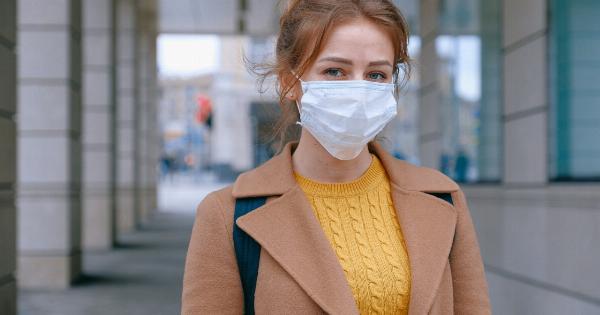An aggressive strain of the flu virus has led to three deaths and 22 people being admitted to the intensive care unit (ICU) in the past week.
The flu virus, which has been identified as the H3N2 strain, is known for causing particularly severe symptoms and is often associated with increased hospitalization rates.
What is the H3N2 strain?
The H3N2 strain is a type of influenza virus. Like other flu viruses, it can cause a range of symptoms including fever, cough, sore throat, muscle aches, and fatigue.
It is one of the more common flu strains that circulate each year, particularly during the winter months.
However, the H3N2 strain is known for being particularly severe. It can lead to more severe symptoms and complications, such as secondary bacterial infections, which can be life-threatening.
It is also associated with increased hospitalization rates and can be particularly dangerous for people who are elderly or have underlying health conditions.
Why is this strain causing concern?
The current outbreak of the H3N2 strain is causing concern because of the number of people who have been affected and the severity of their symptoms.
The three deaths and 22 people being admitted to the ICU in just one week is a worrying sign that this could be a severe flu season.
In addition, the H3N2 strain has been associated with low vaccine effectiveness in the past. This means that even people who have been vaccinated may still be at risk of getting the flu.
It is therefore important for people to take extra precautions to protect themselves from the flu during flu season.
What can people do to protect themselves?
There are a number of steps that people can take to protect themselves from the flu:.
- Get vaccinated: Although the H3N2 strain has been associated with low vaccine effectiveness in the past, getting vaccinated is still the best way to protect yourself from the flu. The flu vaccine is updated each year to target the strains that are expected to be most prevalent during flu season.
- Practice good hygiene: Wash your hands frequently with soap and water, especially after being in public places or around people who are sick. Cover your mouth and nose when coughing or sneezing, and avoid touching your face.
- Avoid close contact with sick people: If someone around you is sick with the flu, try to keep your distance to avoid getting infected.
- Stay home if you are sick: If you have the flu, stay home until you have been symptom-free for at least 24 hours. This will help prevent the spread of the virus to others.
- Take antiviral medication: If you do get sick with the flu, your doctor may prescribe antiviral medication. These drugs can help reduce the severity of your symptoms and shorten the duration of the illness.
What should you do if you are experiencing severe flu symptoms?
If you are experiencing severe flu symptoms, such as difficulty breathing, chest pain, or severe dehydration, seek medical attention immediately. These symptoms could be a sign of a more severe flu-related illness, such as pneumonia or bronchitis.
It is also important to seek medical attention if you are at high risk of complications from the flu, such as if you are elderly or have underlying health conditions.
Final thoughts
The outbreak of the H3N2 strain of the flu virus is a reminder of how important it is to take steps to protect yourself from the flu, particularly during flu season.
While getting vaccinated is the best way to protect yourself from the flu, there are also a number of other precautions you can take to reduce your risk of getting sick.
If you do get sick with the flu, it is important to seek medical attention if you are experiencing severe symptoms or are at high risk of complications.
By taking these steps, you can reduce your risk of getting sick and help prevent the spread of the flu to others.





























